The Power of Children's Books
Parents, grandparents, educators and librarians have an important role in helping young learners get a glimpse of the unfamiliar outside their classrooms, homes and communities. Farms provide an engaging and educational destination for young learners as they explore the world through books.
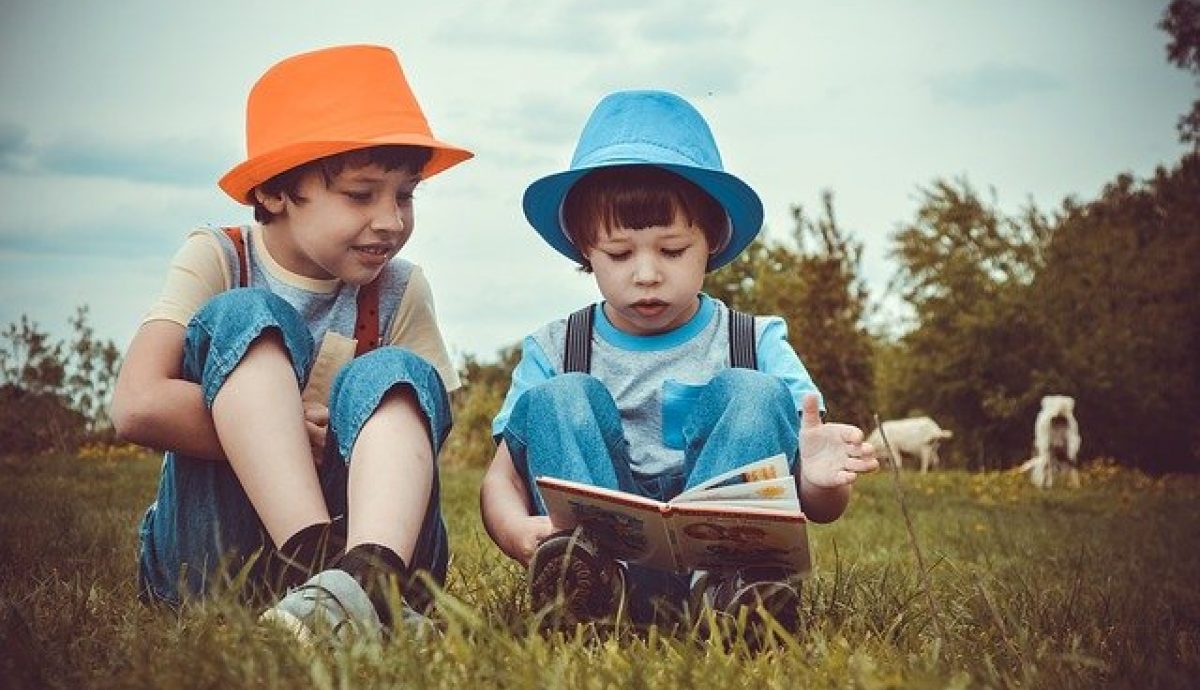
By: Julia Recko, Director of Education Outreach
If phrase that comes to mind when you think of Old MacDonald is “E-I-E-I-O,” then you might also picture Mr. Old Mac – skinny, overalls, straw hat, pitchfork…old — surrounded by his farm full of noisy animals. You’re not alone in crafting this imaginary farm scene. “Old MacDonald” is often the first, and sometimes the only, introduction young readers get to agriculture.
But…(wait for it) it’s an old one. Farming has come a long way since the days of Old MacDonald and his pitchfork. Agriculture is a thriving industry that uses the latest technology (like drones) to feed a growing world while reducing environmental impact.
Why does this matter?
We all eat. If we are fortunate, we eat three times a day, but because agriculture is so integrated into our everyday lives, it is easy to overlook. When we take a bite of toast in the morning or a enjoy a hamburger on a porch on the 4th of July, we often don’t think about some of these critical questions: Where did my breakfast come from? Who grew it? Where did they grow it? Why did it grow that way? And how did it get to me?
Cultivating curiosity and inspiration in readers, however, is definitely important!
Parents, grandparents, educators and librarians have an important role in helping young learners get a glimpse of the unfamiliar outside their classrooms, homes and communities. Farms provide an engaging and educational destination for young learners as they explore the world through books.
Too many times in picture books for young readers (yes, I’m looking at you, Mr. MacDonald), stories and images show an antiquated way of growing food and caring for animals. Someone milking a cow by hand on a stool into a tin can might not be very inspiring for children — what’s more, it’s a picture of the past. You know what is inspiring? Robots. And farmers are using them!
The Point
Children's books are a powerful tool for education, engagement, and exploring the world and I’d like to invite you to make room on the shelf for books about food and modern farming.
Think about choosing books that show modern agricultural practices and introduce readers to the exciting ways farmers innovate to help agriculture be more sustainable. (Robots, drones and AI, oh my!) You can get them curious about how their food is being grown, and show them that there are careers available to them where they can literally get their hands dirty.
Now what?
Here is a great place to start: our recommended publication list which includes books that accurately depict agriculture. These books range in grade level and topic. The list is searchable.
And what about Old MacDonald? I don’t mean to put him out to pasture. Our old farmer friend can be helpful in introducing young readers to farm animals and all the sounds they make on the farm! But maybe follow up with a book like “Right This Very Minute,” a table-to-farm book about food and farming to show kids what modern farms actually look like.



